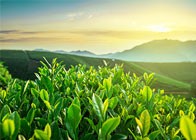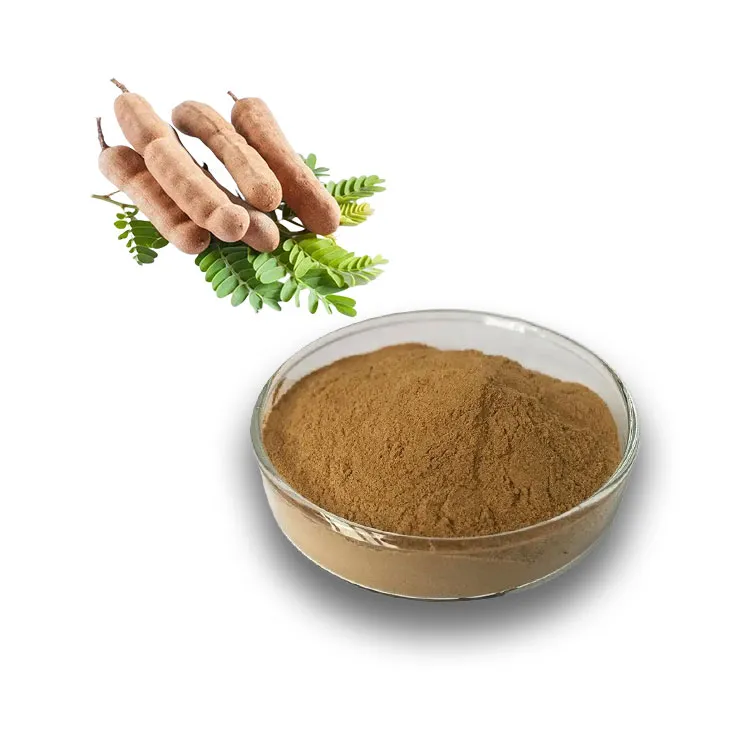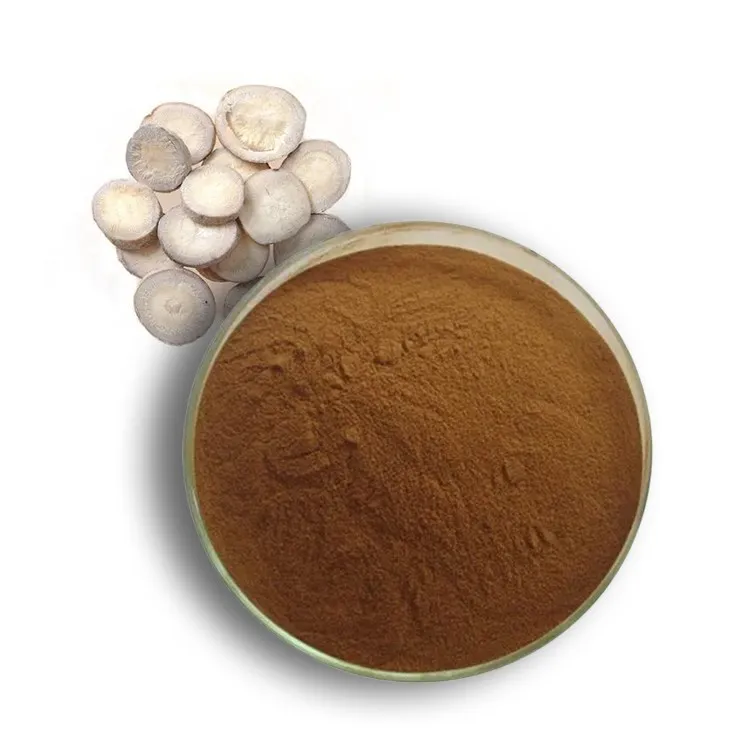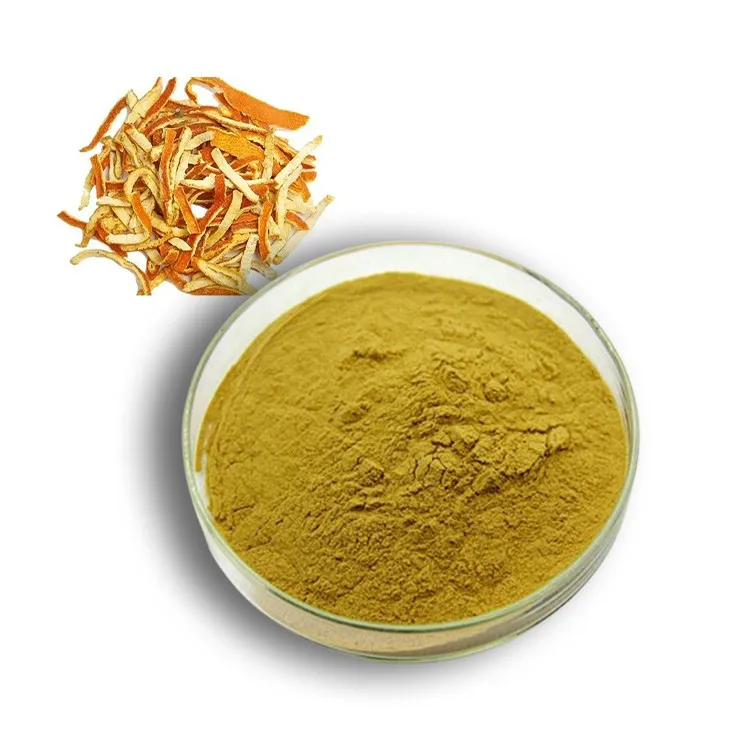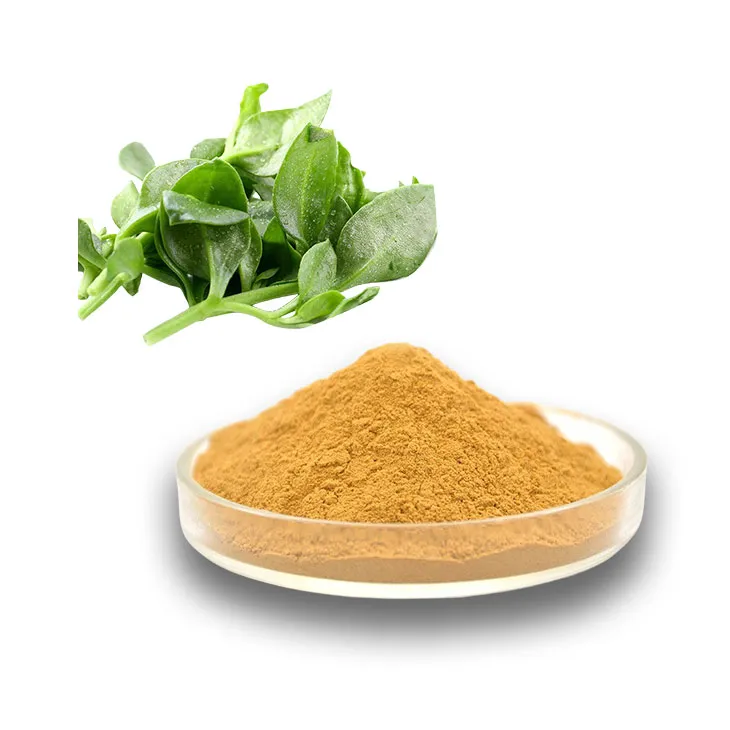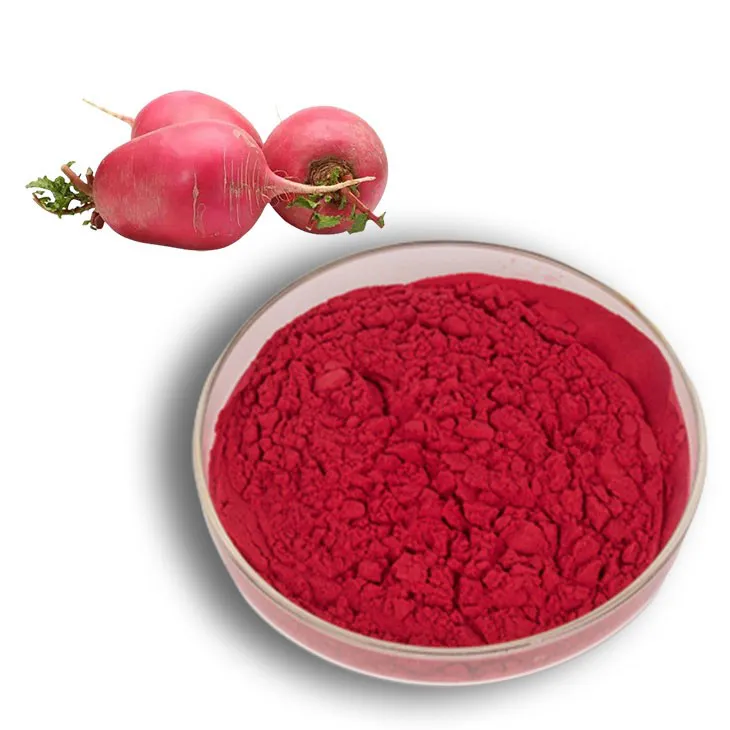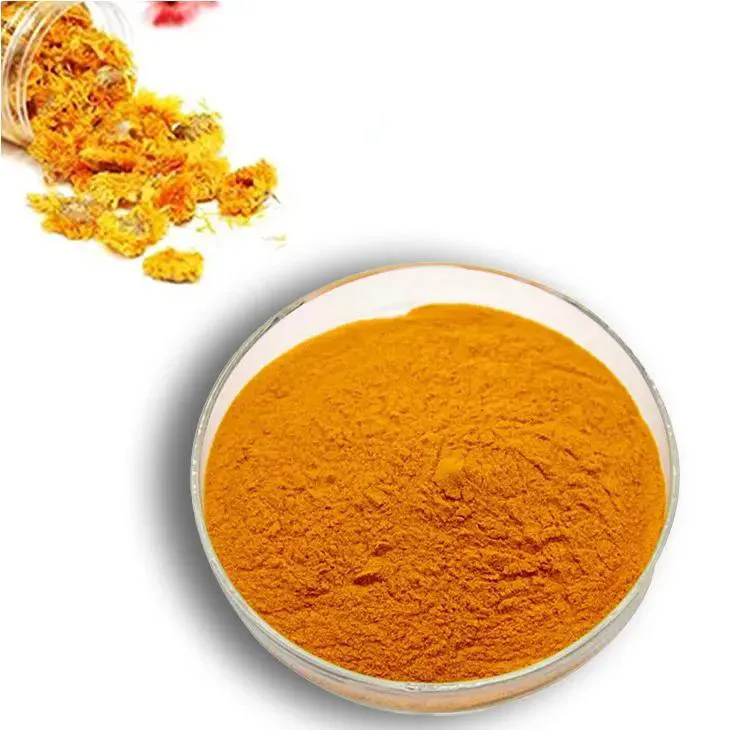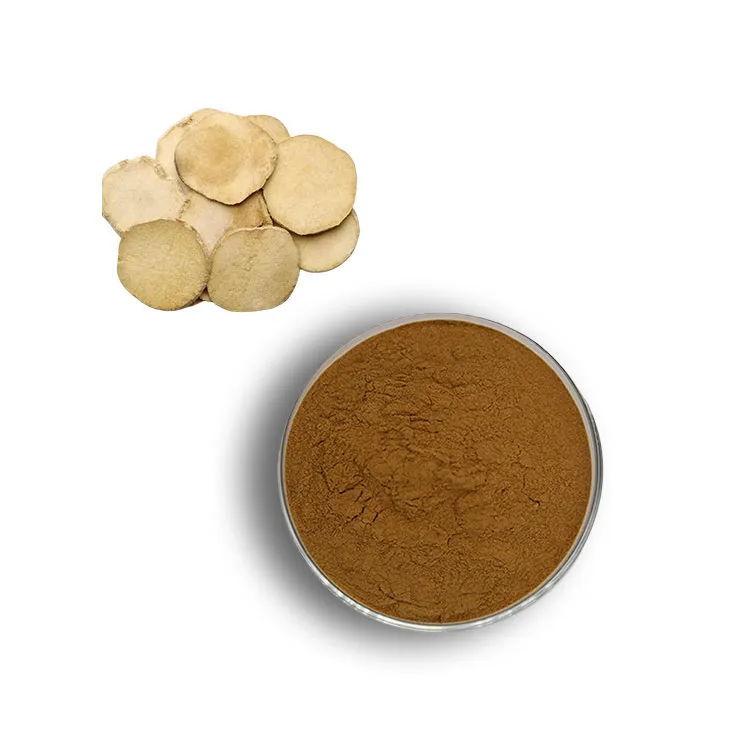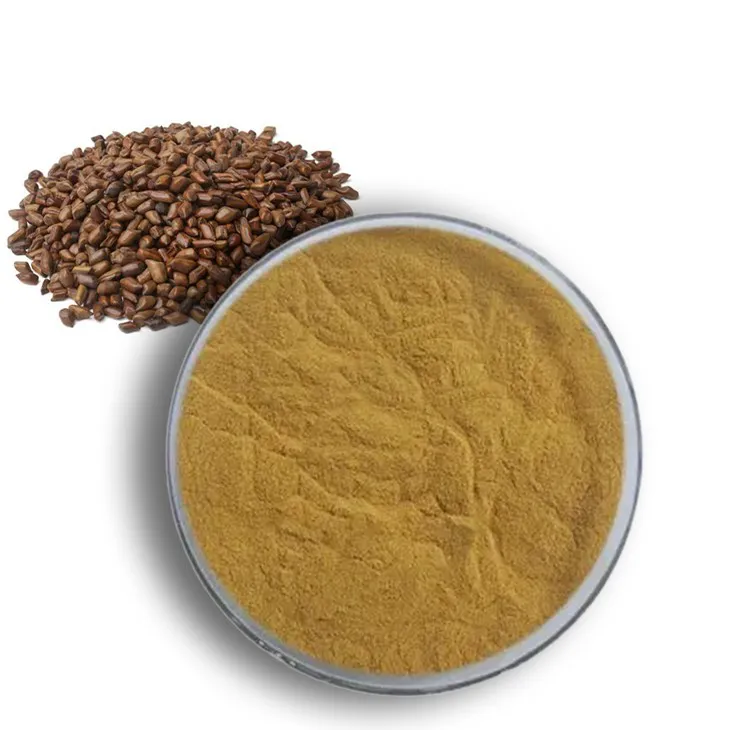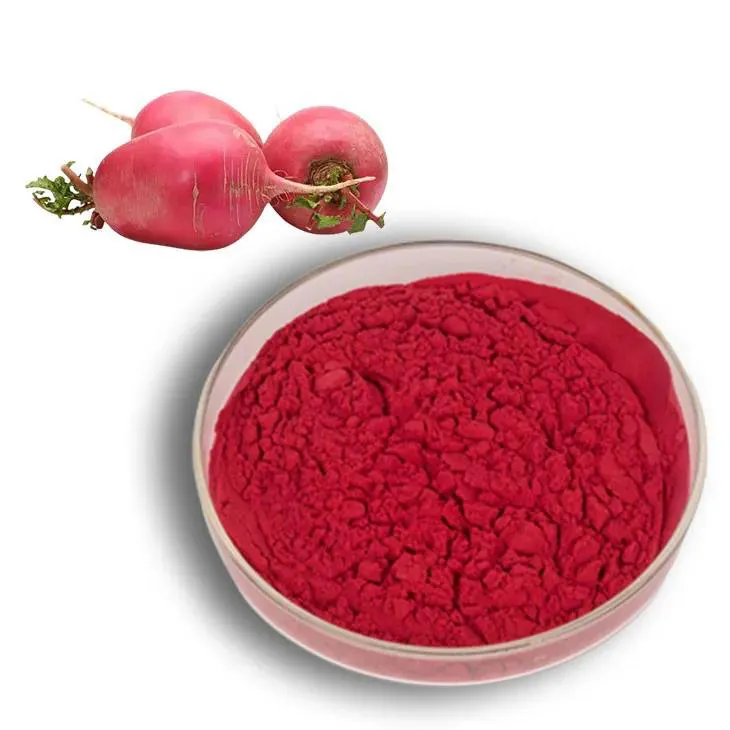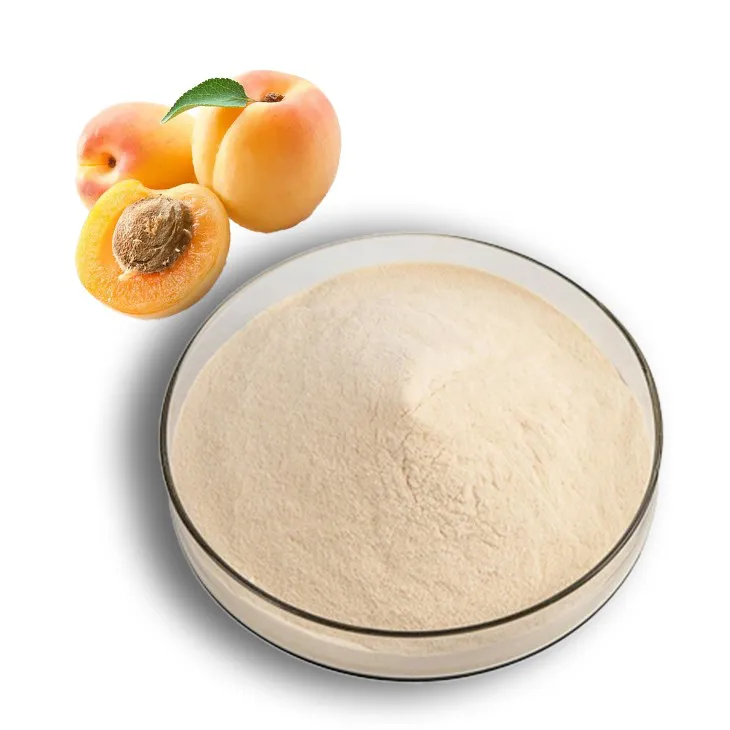- 0086-571-85302990
- sales@greenskybio.com
Kava: History,Benefits and Ways to Use
2025-05-01
Kava, scientifically known as Piper methysticum, has long fascinated wellness enthusiasts, researchers, and traditional healers. Originating from the Pacific Islands, it boasts a rich cultural history and potential therapeutic benefits that span centuries.
Historical Significance
Native to the South Pacific, kava has been cultivated and utilized by local communities for thousands of years. Believed to have been first domesticated in Vanuatu, it subsequently spread to regions such as Fiji, Samoa, and Hawaii. Archaeological evidence suggests its usage extends back at least 3,000 years. In Pacific Island cultures, kava serves multifaceted roles beyond its medicinal value, playing a central part in social gatherings to promote well-being and ease communication. Its consumption is often part of ceremonies involving storytelling, singing, and other cultural practices, as illustrated by anecdotes like the one from Vanuatu, where kava enabled effective dialogue within communal settings.
Kava is renowned for its sensory properties—the root features a rough texture and ranges in color from light to dark brown. Prepared as a beverage, kava has a milky consistency and a distinct bitter, numbing taste.
Phytonutrients and Health Benefits
Part of the pepper family, kava grows to a height of about two meters, characterized by large, heart-shaped leaves and a robust root system. The roots are processed into a fine powder to create the traditional drink. Kava contains unique compounds called kavalactones, such as kawain, dihydrokavain, methysticin, and yangonin, which are linked to its anxiolytic, sedative, and analgesic effects. Additional components, including flavonoids and tannins, offer supplementary health benefits.
Kava has gained modern attention for aiding in anxiety management and relaxation. The active compounds interact with GABA receptors in the brain, eliciting calming effects sans cognitive impairment, appealing as a natural alternative to prescription medications for some individuals. Studies indicate potential benefits in addressing insomnia, reducing muscle tension, and enhancing mood. However, caution is advised due to possible side effects like liver toxicity from excessive or low-quality kava consumption, underscoring the need for healthcare professional oversight and standardized products.
Culinary and Medicinal Uses
Beyond its typical beverage form, kava can be incorporated into various wellness recipes: Kava smoothie bowl: Blend kava powder with banana, mango, and coconut milk for a soothing treat. Kava herbal tea: Mix with chamomile and lavender for a calming tea. Kava bath soak: Add powder to a warm bath for relaxation. Kava meditation mixture: Combine powder with honey and warm water for meditation. Kava massage oil: Infuse powder in a carrier oil like coconut or jojoba.
Kava, blending cultural heritage with health benefits, continues to captivate those seeking its unique properties. From its Pacific roots to its rising popularity in the wellness sector, kava is a testament to tradition and modern therapeutic applications.
- ▶ Hesperidin
- ▶ citrus bioflavonoids
- ▶ plant extract
- ▶ lycopene
- ▶ Diosmin
- ▶ Grape seed extract
- ▶ Sea buckthorn Juice Powder
- ▶ Beetroot powder
- ▶ Hops Extract
- ▶ Artichoke Extract
- ▶ Reishi mushroom extract
- ▶ Astaxanthin
- ▶ Green Tea Extract
- ▶ Curcumin Extract
- ▶ Horse Chestnut Extract
- ▶ Other Problems
- ▶ Boswellia Serrata Extract
- ▶ Resveratrol Extract
- ▶ Marigold Extract
- ▶ Grape Leaf Extract
- ▶ blog3
- ▶ Aminolevulinic acid
- ▶ Cranberry Extract
- ▶ Red Yeast Rice
- ▶ Red Wine Extract
-
Tamarind extract powder
2025-05-01
-
White Peony Extract
2025-05-01
-
Hesperidin
2025-05-01
-
Andrographis Paniculata Extract Powder
2025-05-01
-
Beetroot Powder
2025-05-01
-
Marigold Extract
2025-05-01
-
Alisma Extract
2025-05-01
-
Cassia Seed Extract
2025-05-01
-
Beetroot juice Powder
2025-05-01
-
Apricot Powder
2025-05-01

